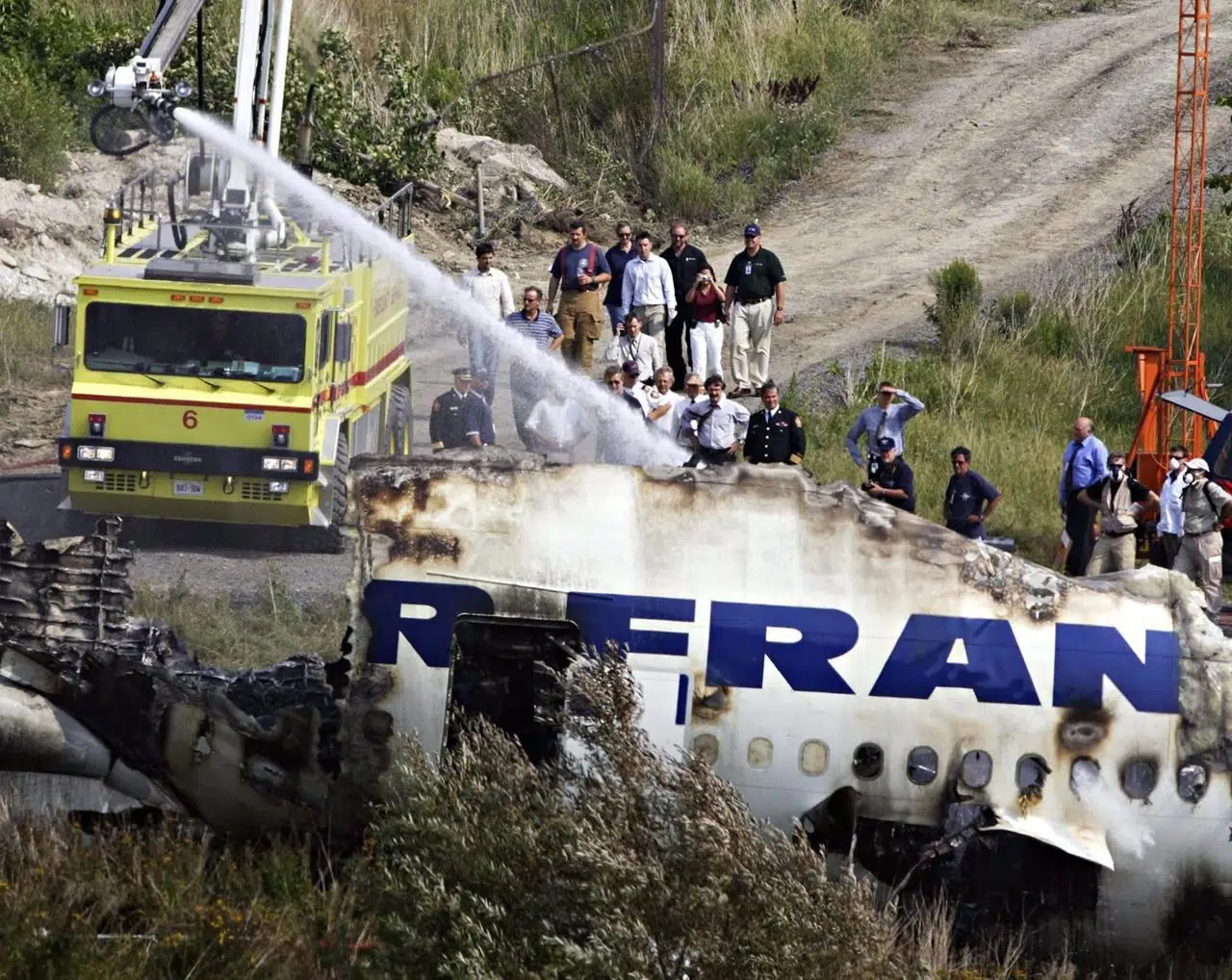
Transportation board pushes Pearson airport for safety upgrades after crash
OTTAWA — The fiery crash of an Air France jet in Toronto led to urgent calls to improve airport safety in 2005, but the Transportation Safety Board of Canada says more than a decade later, the federal government hasn’t done enough to meet international safety standards for runways.
“We realize that these are tough issues that can take some time to resolve, but a decade?” board chairwoman Kathy Fox told a news conference Monday, saying the board’s recommendation to require runway-end safety areas is among 52 recommendations that the Transport Department has failed to deal with for more than 10 years.
And about three dozen of those recommendations — on civil aviation, railways and marine transportation — have been languishing for 20 years.
“There is no reasonable excuse for taking that long on so many outstanding issues, especially when the department agrees,” Fox said.


